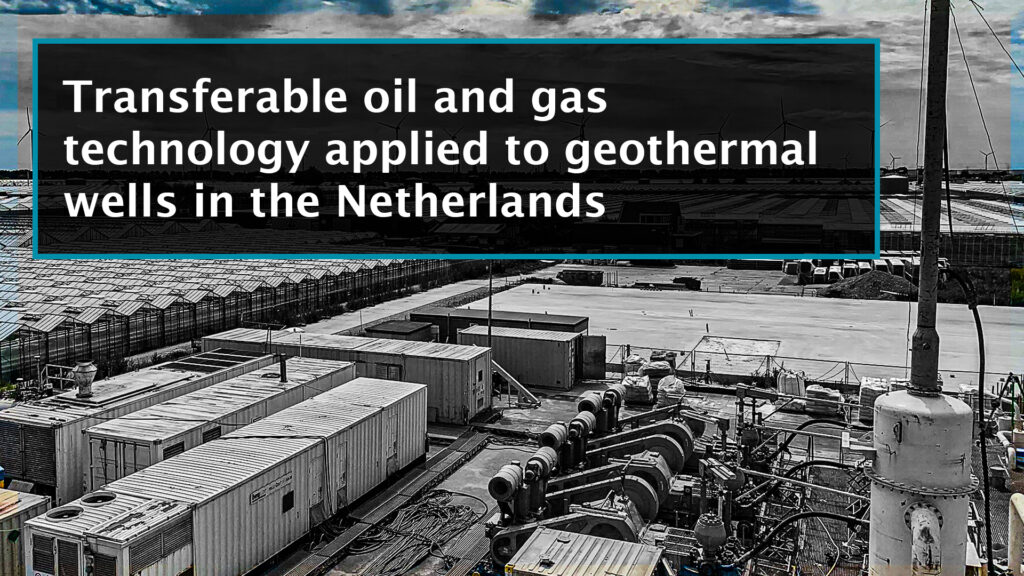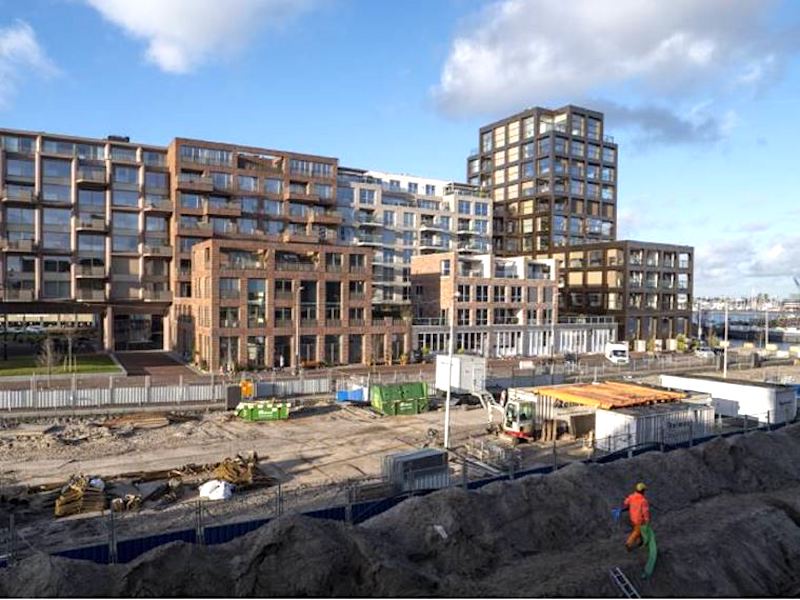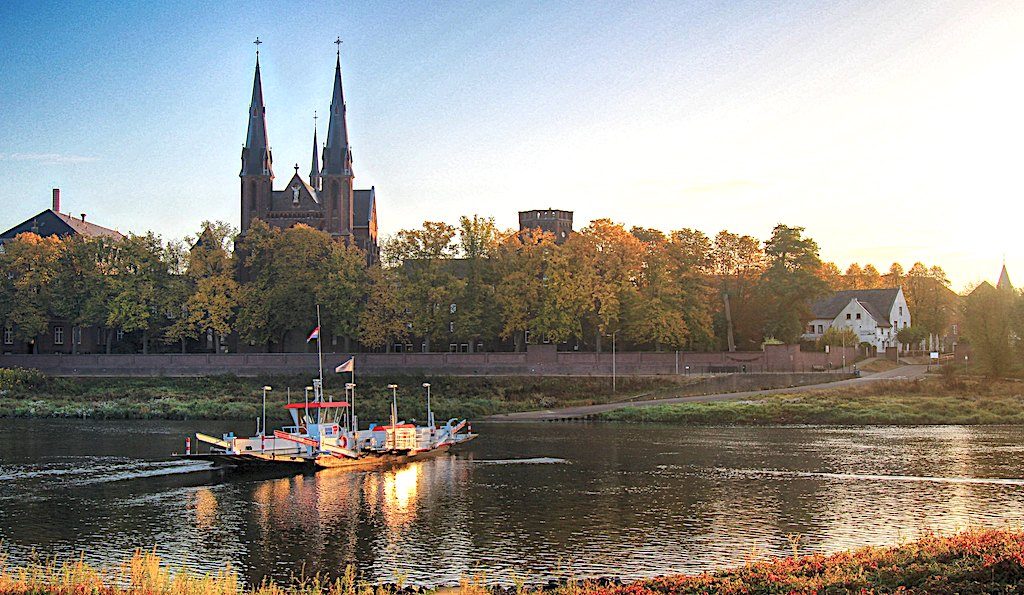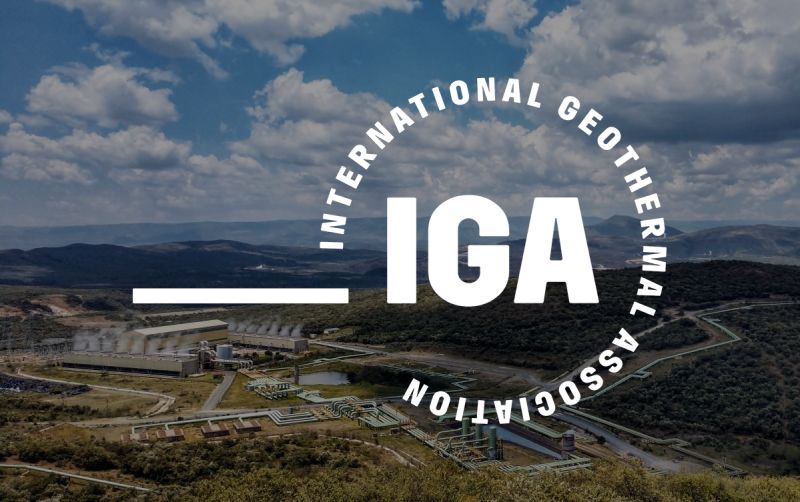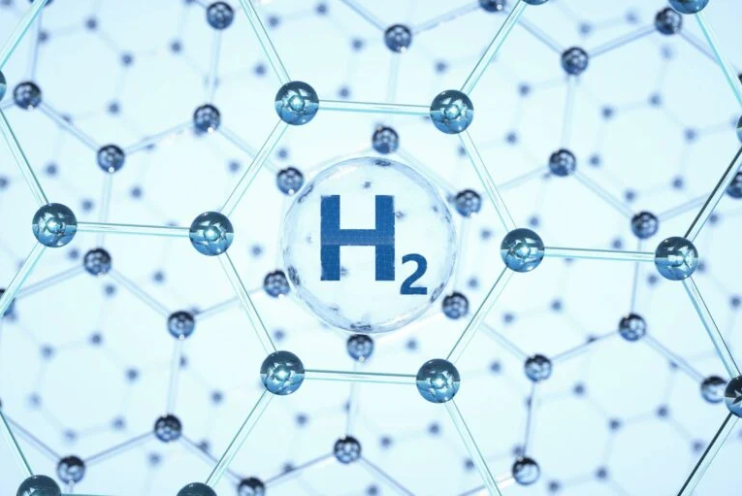
Neste said the industrial hydrogen valley would combine infrastructure, storage and transmission of renewable hydrogen, serving both producers and consumers of hydrogen, adding that sector integration opportunities are a key element in the studies.
It further noted that the collaboration between companies plays a key role in the hydrogen economy development in Finland, as also highlighted in the national resolution of hydrogen adopted by the Finnish Government in February 2023.
In order for the Finnish hydrogen economy to be competitive in a global context, cost-efficient solutions for hydrogen transmission and storage are needed, Neste pointed out, noting that the feasibility of different hydrogen transmission and storage options will be evaluated as the first steps towards developing a well-functioning hydrogen market.
Outi Ervasti, Vice President, Renewable Hydrogen at Neste, commented: “We need renewable hydrogen in order to reach our climate commitments, e.g. reaching carbon neutral production by 2035. Hydrogen is an essential part of our processes and an efficiently functioning hydrogen valley would be a great way to source hydrogen in the future.”
“Building up both the power infrastructure as well as hydrogen storage and distribution infrastructure are key enablers for the hydrogen economy development. By being open to collaboration and seeking partnerships we discover new paths and unlock a world of interesting possibilities.”
Sara Kärki, SVP, Hydrogen Development of Gasgrid Finland, highlighted that the company’s task is to support industrial investments and develop a hydrogen pipeline that connects hydrogen producers and consumers, and Sari Mannonen, Senior Vice President, Solution Business and Portfolio Development of Helen, revealed Helen’s plans to become a player in the hydrogen economy.
Mannonen said: “Helen is planning large-scale hydrogen production at Helen’s Vuosaari power plant area in Helsinki alongside with the 3H2 demonstration project that is waiting for a funding decision from the Ministry of Economic Affairs and Employment. Helen is also studying the possibility of carbon capture, utilization and storage in the new Vuosaari bioenergy heating plant.”
In regard to Vantaa Energy’s plans, Kalle Patomeri, the company’s Business Director, said that Vantaa Energy aims to become a carbon-negative energy company by 2030, adding: “Renewable hydrogen is a key enabler for new processes such as carbon capture and utilization… In addition, hydrogen production next to the district heating network enables waste heat utilization and contributes to the decarbonization of the Helsinki metropolitan area by reducing emissions of district heating.”
To remind, numerous energy companies have been working on hydrogen projects in Finland, one of the latest endeavours being the one from Gasgrid. As part of its task to develop national hydrogen infrastructure, international cooperation and hydrogen market around the Baltic Sea region, Gasgrid organised a non-binding market consultation for industrial actors to gain insight into their hydrogen-related plans.
The country is also a part of the BalticSeaH2 project, a large-scale cross-border hydrogen valley gathering 40 partners from nine Baltic Sea region countries, with production potential for hydrogen to reach 100,000 tons annually.

